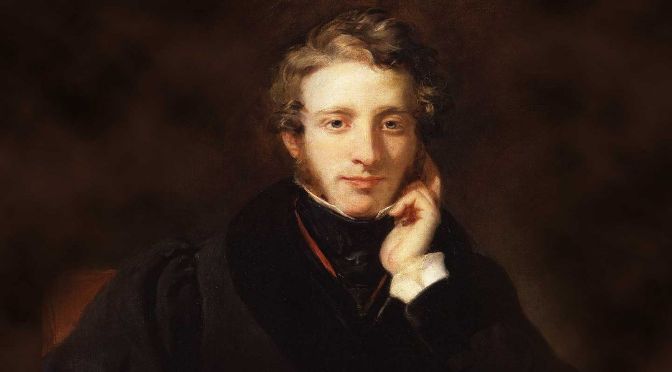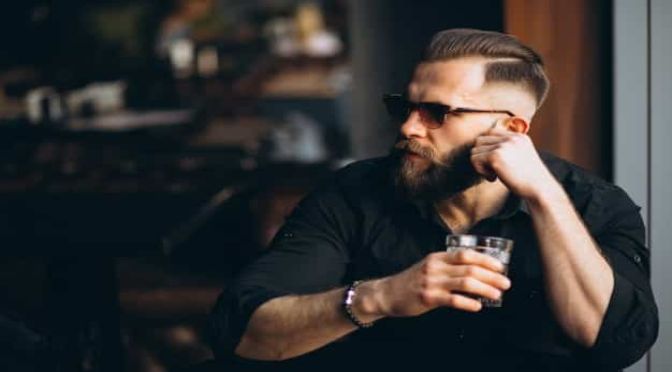Hair is an important part of our personal appearance and we place great emphasis on the way our hair looks. When our hair looks good, we feel good and our confidence soars. But when our hair is dull, thinning or falling out, we tend to lose our confidence and wear a hat to cover it up.
Through the ages, men’s hairstyles have continued to change dramatically, almost defining certain eras in time. They vary, depending on the age, career and racial background and can be as plain and boring, or as involved as we want them to be.
Early UK History
In the United Kingdom during the medieval era, men of the higher social classes had hair with loose curls. For people of the lower class, their hair was shorter and undecorated. During the Renaissance period, starting in the 15th century, men’s hairstyles became more elabourate and the powdered wig was worn by many. But, the era of powdered wigs ended in the early 1800’s and men started to have natural, shorter hair styles that were more masculine.
Early 1900’s Hair Styles
At the beginning of the 20th century, men’s hairstyles favoured a slicked-down look, and the handlebar moustache. By the ’30s, men’s facial hair had diminished into slim moustaches, while their hair style remained mostly unchanged.
World War 2
During World War 2, Brits were more concerned about the bombs that were falling from the sky than their hairstyle. Men at the time had short hair styles including the popular crew cut. Because many men needed to work in farms and factories to support the war effort, their hair needed to be practical and out of their face. In the 1950’s, men preferred a more masculine look with the ‘greaser’ hairstyle being popular with the younger crowd and a tighter, more conservative style for adult males, especially those in the business world.
The 60’s And 70’s
In the 1960’s, the shaggy mop was common for many men at the time. In this decade, men’s hair was getting longer and beards were sprouting as the hippy vibe became a worldwide trend. Disco hair was wild and big in the 1970’s. Among boys, the punk scene brought shocking hairstyles with facial piercings and Mohican hair.
The 80’s And 90’s Hair Styles
In the 1980’s, we saw a return to slicked back hairstyles as well as a wide range of innovative styles. It varied from the mullet and pompadour, to the high top fade, undercut and more. The ’90s grunge look had its long hair and ponytails. The 2000’s brought us boy band styles that were more feminine than masculine. And the late 2000’s saw spiky coiffeurs that seemed too tall for practicality.
As times and hairstyles change, one thing that has remained constant is thinning hair, pattern baldness and other forms of hair loss. If you are experiencing hair loss and are considering a hair transplant procedure, contact BlueMagic Group today!
Contact BlueMagic Group
To learn more about top trending men’s hairstyles and how you can go about getting hair transplant surgery to restore your full head of natural looking hair, contact BlueMagic Group today.
If you enjoyed this article on hair styles, please feel free to share it on your favourite social media sites.

